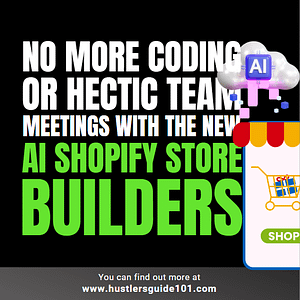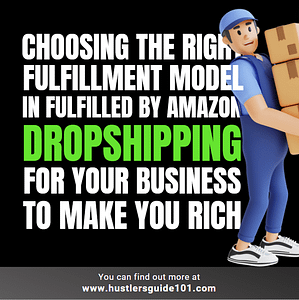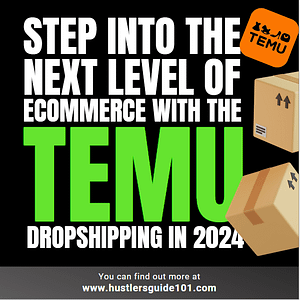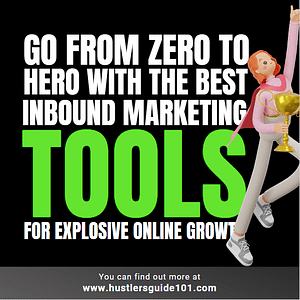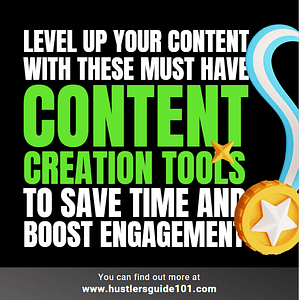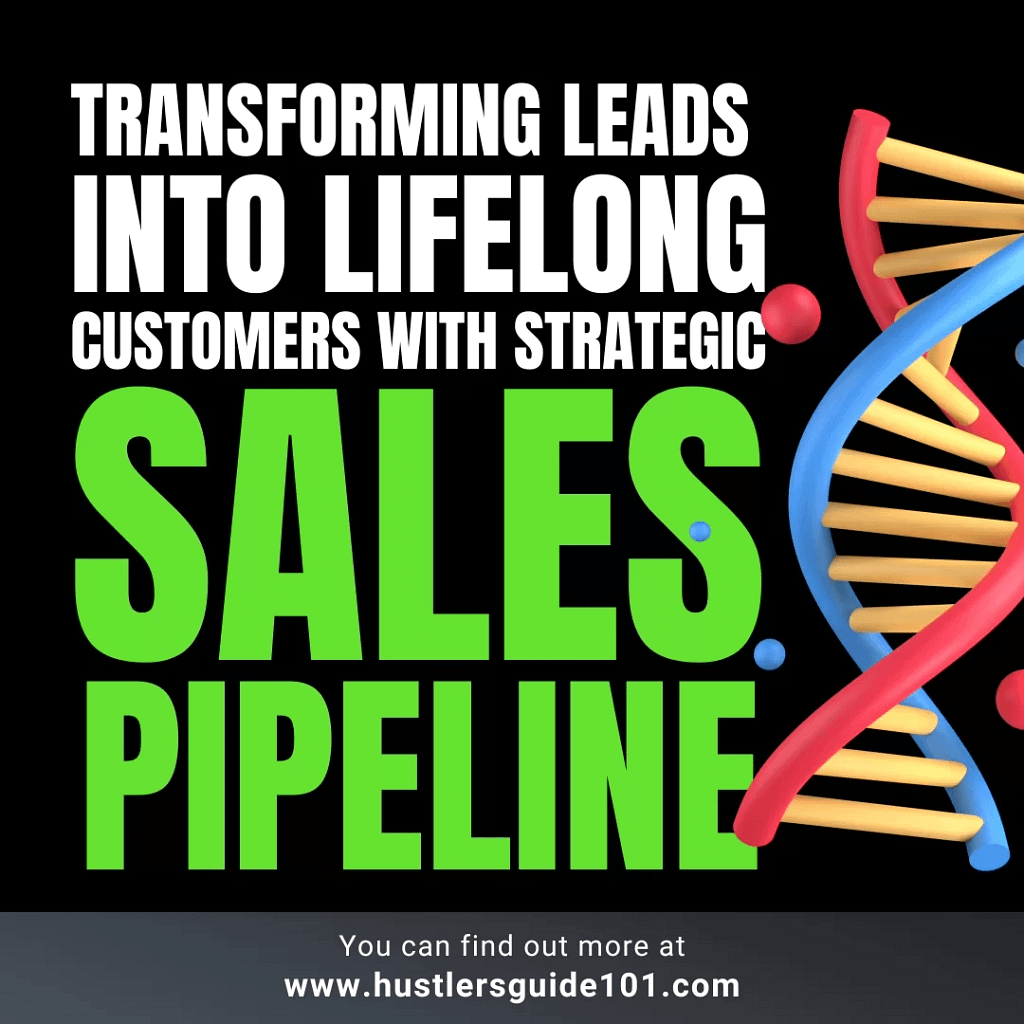
You’ve got a killer product or service, but turning leads into loyal customers feels like trying to catch lightning in a bottle. It’s frustrating, right? Countless entrepreneurs and sales professionals grapple with the same challenge, juggling prospects, battling objections, and facing the uphill climb of turning a “maybe” into a resounding “yes.” But here’s the game-changer – the Sales Pipeline.
It’s not just a buzzword; it’s your secret weapon to streamline, conquer, and dominate the sales landscape. In this blog, we’re breaking down the stages, unveiling the strategies, and arming you with the tools to transform your sales journey. No more guesswork, no more sleepless nights – just a roadmap to guide you from prospecting to sealing the deal.
What is Sales Pipeline?
In this chaotic sales universe, the pipeline is your GPS. It keeps you on track, ensuring no lead gets lost in the vastness of potential deals. It’s not just a plan; it’s your strategic playbook for conquering the sales world.
How does it work? Simple. You start with identifying potential leads (Prospecting), make your moves to impress (Initial Contact), filter out the not-so-serious contenders (Qualification), showcase your A-game (Presentation), address concerns (Handling Objections), seal the deal (Closing), and then nurture the relationship post-sale (Post-Sale Follow-Up).
The secret sauce? Consistency. Think of the pipeline as your daily workout routine – the more you stick to it, the stronger you become. And guess what? A robust pipeline isn’t just a tool; it’s your ticket to sales superstardom.
Have you ever thought about how a sales funnel is different from a website? I did a detailed guide on Sales Funnel VS Website. Or if you are thinking about Sales Funnel VS Pipeline, I got it covered too.
The Stages of a Sales Pipeline
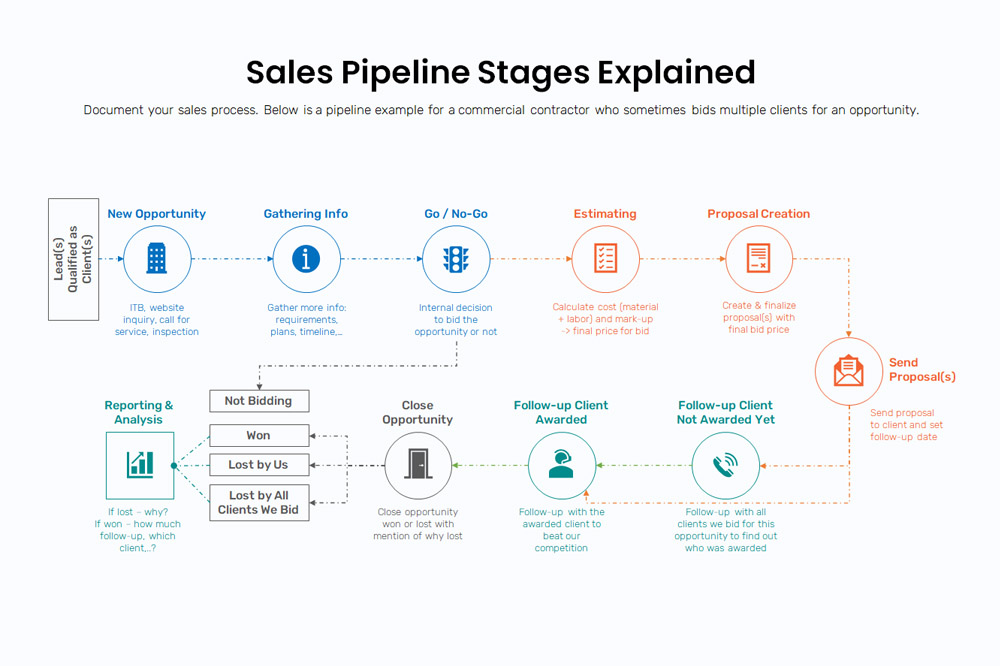
Stage 1: Prospecting
1. Identifying Potential Leads
Prospecting is like panning for gold. Identify your treasure by honing in on your ideal customer profile. Leverage data, social media, and networking to spot those sparkling prospects in the vast stream of potential leads.
2. Strategies for Effective Prospecting
Prospecting isn’t a fishing expedition; it’s a targeted hunt. Craft personalized messages, use outreach tools, and embrace the art of follow-up. It’s not about quantity; it’s about finding those gems that align with your offering.
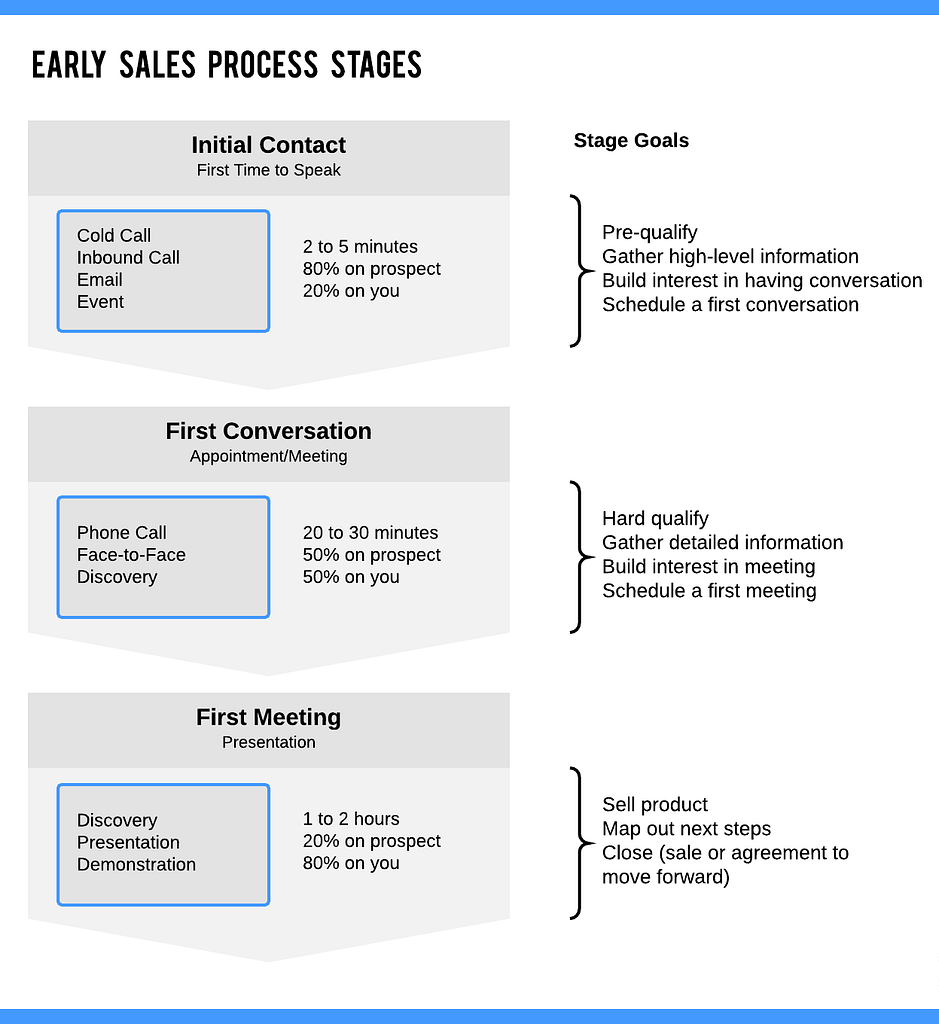
Stage 2: Initial Contact
1. Building a Connection with Prospects
Consider the first contact as a friendly handshake. It’s not a sales pitch; it’s about establishing rapport. Be genuine, show interest, and let your prospects feel like more than just another number on your list.
2. The Role of Effective Communication
Communication is your superpower. Be clear, concise, and tailor your message to resonate with your prospect’s pain points. It’s not about what you say; it’s about how well your message lands.
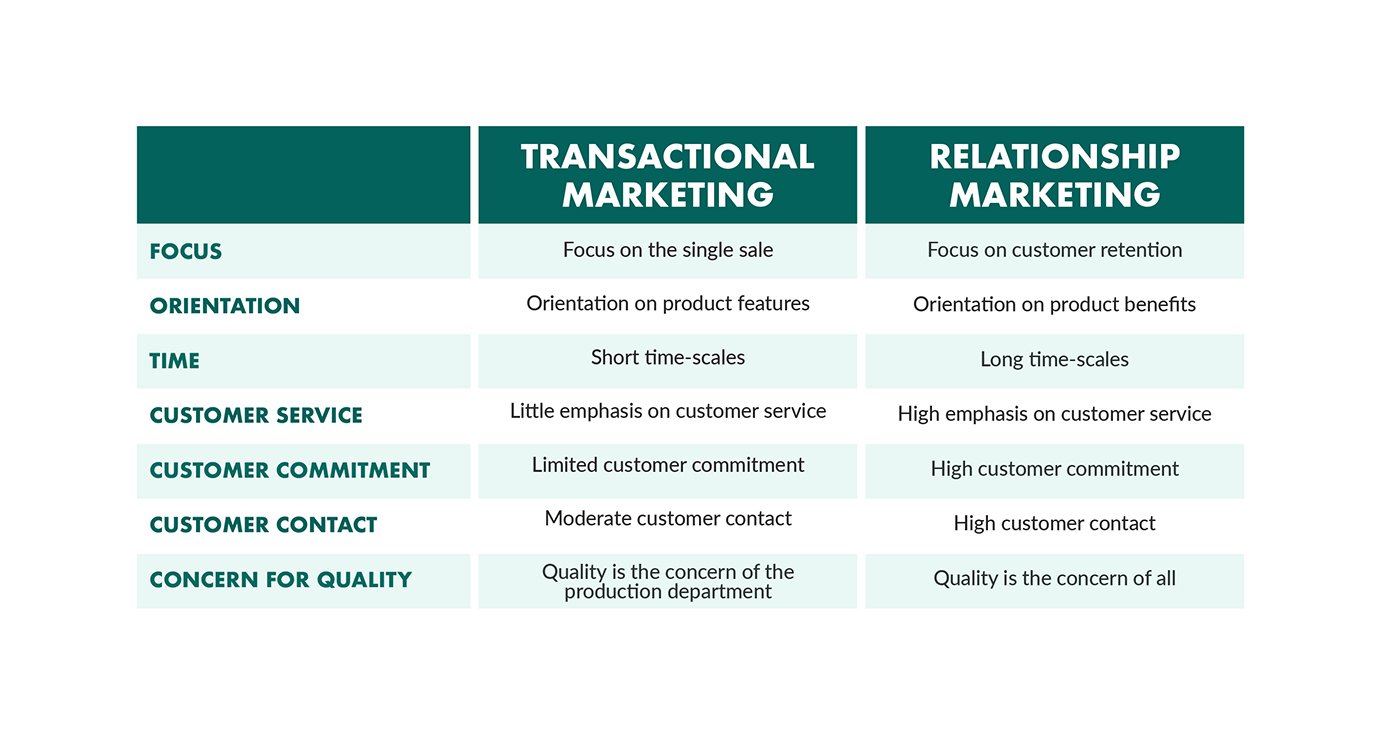
Stage 3: Qualification
1. Determining Lead Fit
Think of qualification as dating. Is there chemistry? Do your values align? Assess if your prospect is a good fit for your product or service. It’s not just about closing a deal; it’s about building a mutually beneficial relationship.
2. Establishing Criteria for Qualified Leads
Define your lead criteria like a chef crafting a recipe. What ingredients (attributes) make a lead qualified? Establish clear criteria, so you’re not chasing after every fish in the sea but focusing on the ones that are likely to bite.

Stage 4: Presentation and Demonstration
1. Crafting Compelling Presentations
Your presentation is the spotlight moment. Craft it like a Broadway show – engaging, persuasive, and tailored to your audience. Showcase how your offering is the solution to their challenges.
2. Utilizing Product Demonstrations Effectively
A demo is your product’s time to shine. Keep it focused, highlight key features, and relate it back to your prospect’s needs. It’s not a feature showcase; it’s a personalized experience demonstrating the value your product brings.
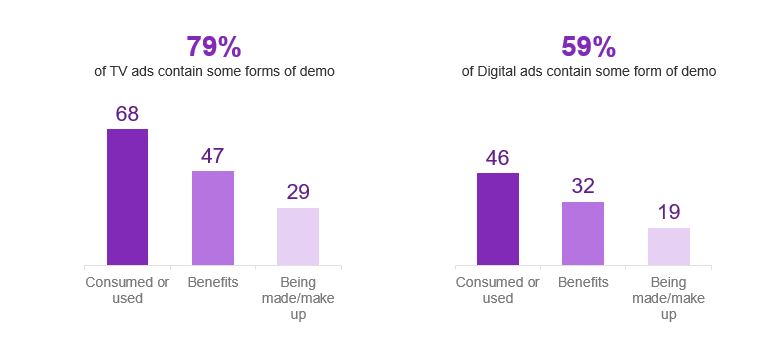
Stage 5: Handling Objections
1. Common Objections in Sales
Objections are not roadblocks; they’re signposts. Understand common objections – price, competition, timing – and be prepared to address them head-on. It’s not about avoiding objections; it’s about navigating through them.
2. Strategies for Overcoming Objections
Think of objection handling as a chess game. Anticipate moves, be strategic, and turn objections into opportunities. It’s not about convincing; it’s about guiding your prospect to see the value despite their concerns.

Stage 6: Closing the Deal
1. Navigating the Negotiation Process
Negotiation isn’t a zero-sum game; it’s a collaboration. Understand your prospect’s priorities and be flexible. Aim for a win-win situation where both parties feel they’ve gained value. It’s not about compromising; it’s about finding a mutually beneficial agreement.
2. Securing Commitment from the Prospect
Closing is a natural progression, not a forced conclusion. Once concerns are addressed, confidently ask for commitment. Guide your prospect to envision the positive outcomes of choosing your solution. It’s not about sealing a deal; it’s about setting the stage for a successful partnership.

Stage 7: Post-Sale Follow-Up
1. Importance of Post-Sale Engagement
Post-sale engagement is the foundation for loyalty. Regularly check in, provide additional value, and address any post-purchase concerns. It’s not just about delivering a product; it’s about delivering an experience that exceeds expectations.
2. Building Customer Relationships
Customers are more than transactional entities; they’re your brand advocates. Foster relationships by staying engaged, seeking feedback, and continuously adding value. It’s not just about retaining customers; it’s about turning them into enthusiastic promoters who amplify your brand.

Tools and Technologies for Managing Sales Pipelines
A. Customer Relationship Management (CRM) Systems
Why CRM? Picture this: a hub that houses all your leads, contacts, and interactions in one organized space. No more mental acrobatics trying to remember who said what and when.
CRM is your memory – reliable, precise, and never forgetting a detail. From tracking deals to forecasting, it’s your Swiss Army knife. So, invest wisely, navigate effortlessly, and let your CRM be the Sherlock to your sales detective.
B. Sales Automation Software
Imagine automating repetitive tasks – emails, follow-ups, and data entry. That’s more time for strategic thinking, relationship-building, and closing deals.
It’s like having a personal assistant without the coffee runs. Efficiency, thy name is automation. So, embrace the bots, wield the tools, and watch your productivity skyrocket. Your to-do list will thank you.
C. Analytics and Reporting
Track metrics like a bloodhound on a scent – conversion rates, lead sources, and deal progress. Analyze patterns, spot trends, and adjust your strategy on the fly. It’s the difference between shooting arrows in the dark and hitting bullseyes with a laser pointer.
So, get cozy with your analytics dashboard, let the numbers tell the story, and transform your pipeline into a data-driven masterpiece. It’s not just about seeing; it’s about seeing through the eyes of your prospects.
Ever thought of an automated sales funnel, affiliate marketing sales funnel, or other types of sales funnel? I did a detailed guide on them.

Common Challenges in Sales Pipelines
A. Identifying and Addressing Bottlenecks
Ever feel like your sales process hit a traffic jam? You’re not alone. Identifying and tackling bottlenecks is like being the traffic cop of your sales journey – it’s about keeping the flow smooth and stress-free.
The challenge? Recognizing where the slowdown happens. Dive into your pipeline with a detective’s hat on. Is it leads piling up at the qualification stage? Are deals languishing in negotiation purgatory? Once you spot the bottleneck, address it head-on.
Streamline, automate, or toss in some dynamite if you have to (metaphorically, of course). The goal is a pipeline as free-flowing as a tropical waterfall – no stagnation allowed.
B. Strategies for Overcoming Sales Plateaus
Ah, the dreaded sales plateau – it’s like hitting a speed bump when you’re cruising at full throttle. But fear not, my sales trailblazers, plateaus are conquerable mountains. The trick? Changing gears and finding the sweet spots.
First, analyze. Is it a dip in prospecting? A hiccup in presentations? Once diagnosed, tweak your approach. Maybe it’s time for a fresh outreach strategy, a killer new pitch, or a sprinkle of creativity. Plateaus are just the universe telling you to level up. So, tighten your shoelaces, adjust your sales hat, and climb that plateau like it’s Everest.
C. Adapting to Changes in the Sales Landscape
In the fast-paced world of sales, change is the only constant. Adapting to shifts in the sales landscape is not a choice; it’s survival of the fittest. It’s like being a chameleon in a room full of mood lighting – change your colors, or risk blending into obscurity.
Stay alert to market trends, customer preferences, and tech innovations. What worked yesterday might be obsolete today. Embrace change, don’t fear it. It’s not just about keeping up; it’s about sprinting ahead.
So, be the sprinter, not the snail. Adapt, evolve, and let your pipeline ride the wave of change rather than being swept away by it.

Best Practices for Optimizing Sales Pipelines
A. Continuous Training and Development
Let’s talk about keeping your skills razor-sharp in this ever-evolving sales arena. Continuous training is not just a checkbox—it’s your secret weapon for staying ahead.
Attend workshops, devour the latest sales reads, and embrace webinars like they’re the golden tickets to Willy Wonka’s chocolate factory. The market moves fast, and you want to be the Ferrari, not the horse and buggy.
Why? Because the more you know, the more confidently you can tackle objections, finesse your pitch, and dance through the delicate art of negotiation. It’s like leveling up in a video game – each training session boosts your XP, making you the ultimate sales superhero.
So, don that metaphorical cape and soar into the world of continuous learning. Your pipeline will thank you, and so will your commission check.
B. Regularly Reviewing and Updating the Pipeline
Imagine your sales pipeline as a garden. You can’t just plant seeds and expect a bounty without a little love and care. Regularly reviewing and updating your pipeline is like tending to your garden, minus the dirty hands (well, most of the time).
Why bother? Because markets shift, customer needs evolve, and your pipeline needs to dance to the same beat. Weed out stale leads, nurture the blossoming ones, and adapt your strategies. It’s about staying agile – not the circus kind, but the nimble, market-savvy kind.
Remember, a neglected pipeline is like an overgrown garden – messy, confusing, and not a place anyone wants to spend time. So, grab your digital shears and get pruning.
C. Collaboration Between Sales and Marketing Teams
It’s time for a heart-to-heart. Your sales and marketing teams shouldn’t be ships passing in the night; they should be the dynamic duo, Batman and Robin style. Collaboration is not just a buzzword; it’s the key to unlocking a pipeline of epic proportions.
Why? Because when these powerhouses align, magic happens. Marketing hands over those sparkling leads, and sales turns them into gold. It’s the perfect tango, a symphony of strategy. Schedule regular pow-wows, break down silos, and foster an environment where ideas flow like a gourmet coffee on a Monday morning.

Hot FAQs: Sales Pipeline
Is pipeline a sales funnel?
While both guide prospects through stages, a sales pipeline is dynamic, focusing on specific deals and stages. In contrast, a sales funnel is broader, mapping the customer journey from awareness to purchase, encompassing all potential leads. The pipeline is your action plan; the funnel is the bigger picture.
How do you build a B2B pipeline?
To construct a B2B pipeline, start with ideal customer profiling for targeted outreach, leverage networking and referrals for warm leads, and utilize content marketing to establish credibility and attract prospects. Combine these with personalized outreach and consistent follow-ups for a robust pipeline.
What is pipeline strategy?
A pipeline strategy is a systematic plan for managing the sales process from lead generation to deal closure. It involves defining stages, implementing effective communication, using tools like CRM, and continuously refining the strategy based on analytics. It’s about orchestrating a roadmap for optimal sales efficiency and success.
How should a healthy sales pipeline look like?
A healthy sales pipeline exhibits a balanced flow of leads across stages, minimal stagnation, and a consistent conversion rate. It reflects diverse lead sources, effective communication strategies, and regular updates. Strive for a dynamic pipeline with a mix of prospects at various stages, ensuring a steady progression toward closing deals.
What is the difference between sales funnel and sales pipeline?
While both guide prospects through stages, a sales funnel is a broader concept mapping the customer journey from awareness to purchase, encompassing all potential leads. On the other hand, a sales pipeline is more focused, tracking specific deals and stages within the sales process. The funnel is the entire journey, while the pipeline is the actionable subset within it.
Wrapping up: Sales Pipeline
Alright, we’ve journeyed through the sales pipeline maze together. No more chasing shadows – you’ve got the keys to unlock success. Remember, persistence is your ally. Now, here’s a game-changing tidbit: leverage personalized video messages in your post-sale follow-ups.
It’s the secret sauce to deepen connections and set yourself apart. Don’t just type it out – show it! So, go ahead, embrace the pipeline magic, conquer objections, and turn “maybes” into triumphant “yeses.” Your success story starts now. Go rock that sales world!


